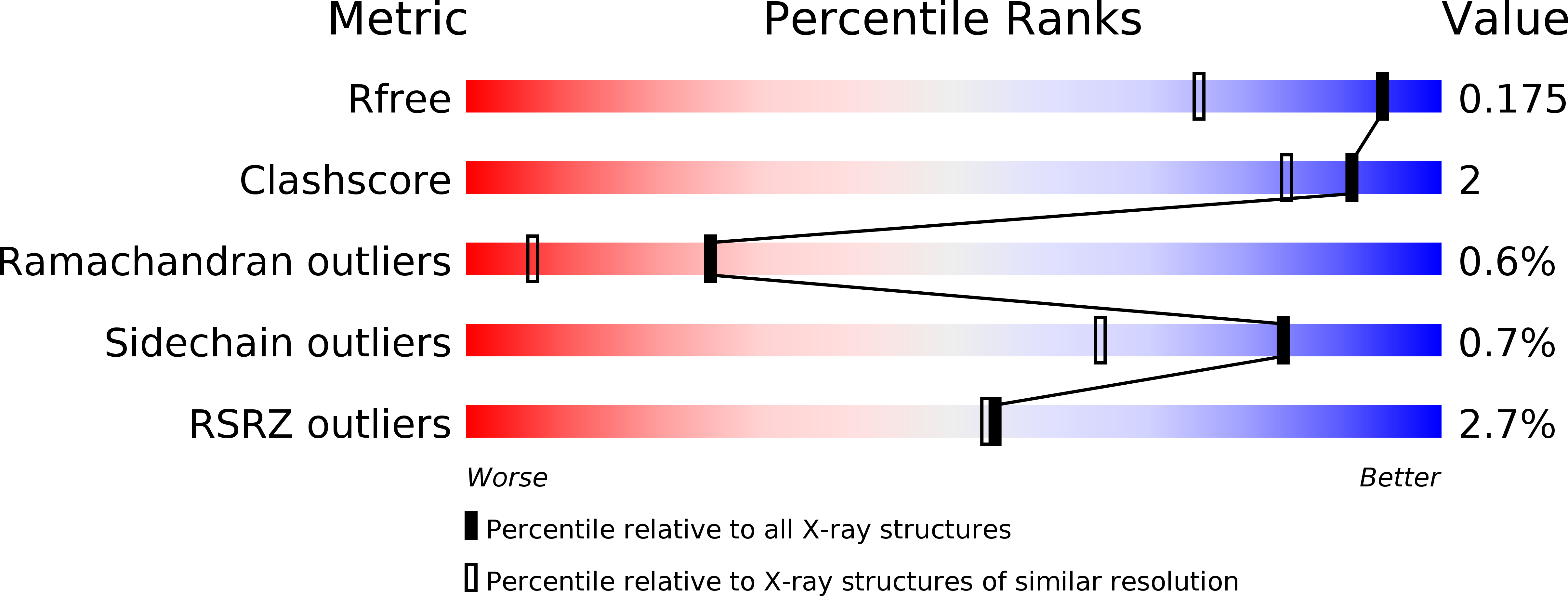
Deposition Date
2017-07-11
Release Date
2018-09-19
Last Version Date
2024-11-06
Entry Detail
Biological Source:
Host Organism:
Method Details:
Experimental Method:
Resolution:
1.41 Å
R-Value Free:
0.20
R-Value Work:
0.18
R-Value Observed:
0.18
Space Group:
C 1 2 1


